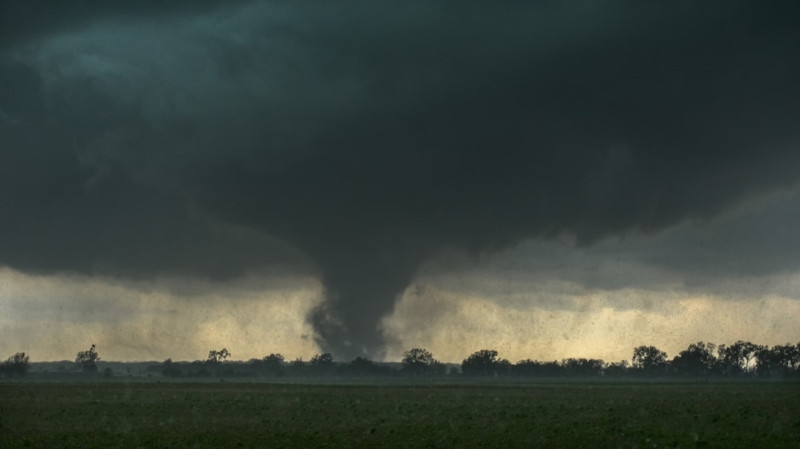Thick plumes of smoke from hundreds of active Canadian wildfires are sweeping across North America, triggering air quality alerts in multiple U.S. states and prompting evacuations in Canada. As of this week, more than 200 wildfires are burning across Canada, with about half classified as "out of control," according to the Canadian Interagency Forest Fire Centre.
The smoke is drifting south, affecting air quality in states such as Minnesota, Wisconsin, Iowa, Michigan, and Illinois. The Air Quality Index (AQI) in these regions has reached "unhealthy" or even "very unhealthy" levels, especially for sensitive groups like children, the elderly, and those with heart or lung conditions Residents are being urged to limit outdoor activities as the thick haze blankets cities from the Midwest to the Northeast.
Interactive wildfire smoke maps and air quality trackers show the worst conditions in the Upper Midwest, with Minnesota and Wisconsin experiencing the most severe impacts. The AQI maps use colors ranging from green (good) to brown (hazardous), with large swaths currently in orange, red, or purple, indicating poor air quality.
The Canadian wildfire season is only beginning, but the scale and intensity of this year’s fires are already surpassing previous years, fueled by drier conditions linked to climate change In addition to health risks, the smoke is causing visibility issues and has even reached as far as Europe, although at high altitudes that do not pose immediate health threats.
For those tracking the situation, real-time smoke and air quality maps are available online, helping residents stay informed about changing conditions and forecasted smoke movement With more than 25,000 people evacuated in Canada and air quality fluctuating daily, officials are urging caution and close monitoring of local advisories as the wildfire crisis continues to unfold.



